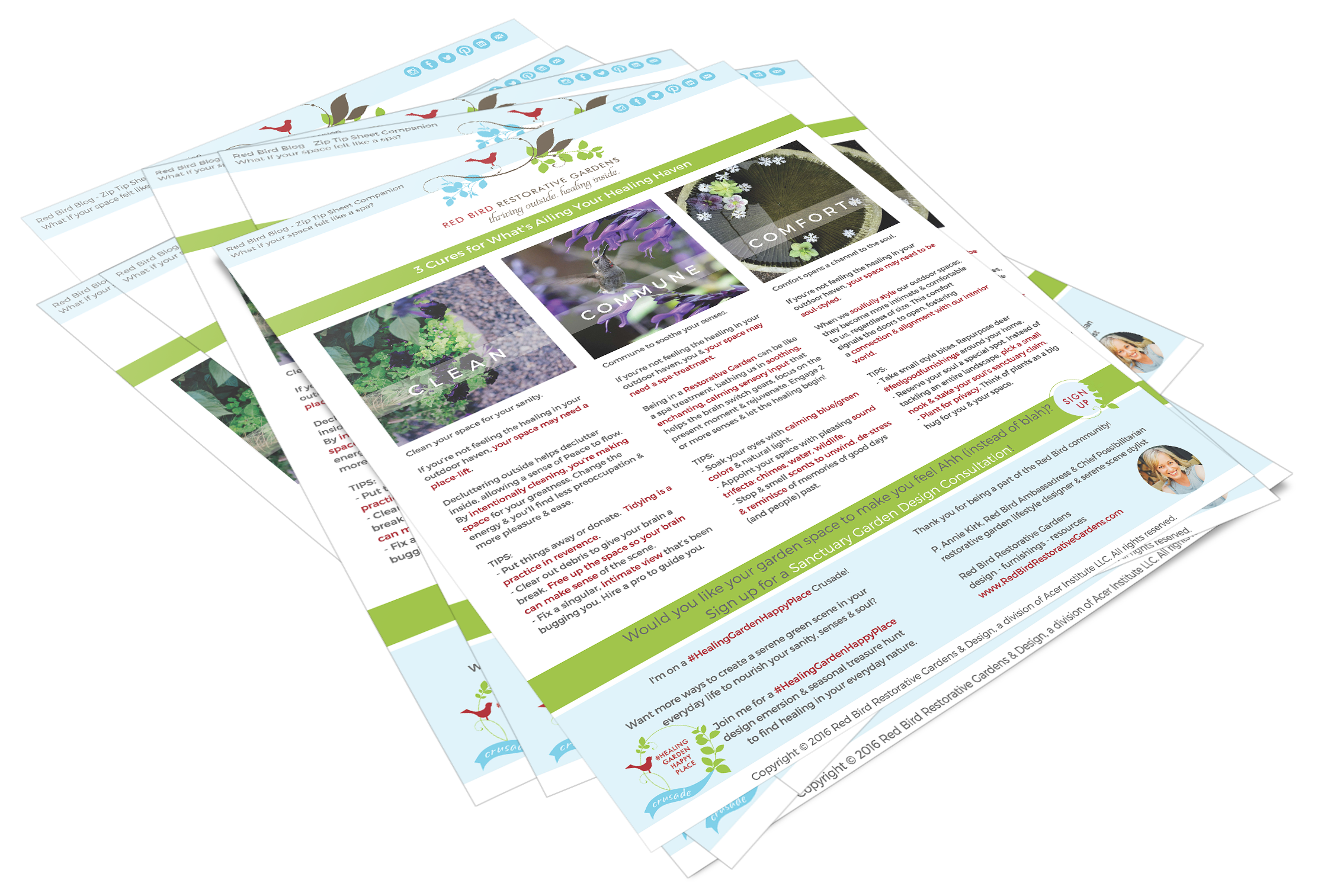Okay, I think there is something suspicious going on here… Week 1 of Master Gardener (MG) training, we met Chip Bubl. Week 2, we are ed-u-ma-cated in “garden pests and not-so garden pests” (basic entomology) with insect expert/inspec-tor Jean Natter. Then we roll around in Soils, Compost and Fertilizers with “Dr. Dirt” Claudia Groth.
Come on… In my MG initiation, will I experience a metamorphosis into some sort of plant-landscape-gardening name? Nah, but a nickname might be nice.
 Mrs. Natter insects: What’s buzzin’ in your garden?
Mrs. Natter insects: What’s buzzin’ in your garden?
Our time spent buzzing around entomology-land with Ms. Natter provided this: in our Portland Metro area, less than 1% of insects are considered serious pests. So hold your fire with those various chemical potions & lotions. Let’s talk management techniques people.
First: right plant, right place, right care (that’s why the service of landscape designers is so valuable – we help you with the “nature puzzle”.)
Second: not all bugs are bad (some are needed and quite necessary); not all bees are bees (some are flies that look like bees); and a “grub”, well that’s a teenager beetle.
Third: Insects are important to life and thrive-ability of your garden; they are critical to your enjoyment, satisfaction and health. Yep.
Lastly: Insects are kinda interesting, once you get over the gag reflex and all.
—–
Flummoxed by a perceived intruder? Don’t know what has taken up residence in your garden nor what type of neighbor that six- or eight-legged creature may be? Ms. Natter says, ” a lot of plant/pest problems lie in the root systems,” and really, spiders don’t hurt plants, though the rolling of leaves does annoy at times, I know.
Understanding insect life cycles, anatomy, classification and the common orders of insects helps MGs diagnosis your problems so that we can help you know when and what is the best intervention for management. If you’ve got a bug that’s bugging you, capture it (alive, please), contain it (and any associated plant material it may have been eating or living on) and bring it into your local MG extension office. Resources likely consulted in the MG insect CSI work: Insects (a Peterson Field Guide) & Pacific Northwest Insect Management Handbook, among others. If you want to get all buggy with Ms Natter, you can have a live listen at a MG talk or seminar. She brings her bugs with.






{ 2 comments… read them below or add one }
Really enjoying your MG updates. Keep up the good work–you are such a positive force in our world!
Kind of you Susan. Together, we are a positive force for health and well-being. It takes a village.